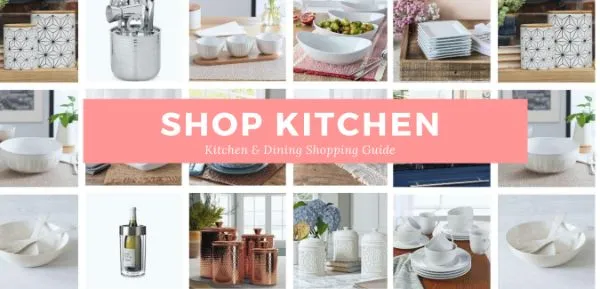Kitchen Colors: Top 5 Must-Try Shades!
Choosing the right kitchen colors can transform the heart of your home. The shades you select not only reflect your personal style but also impact the overall ambiance and functionality of your kitchen space. From the soothing effect of whites and grays to the energizing vibes of blues and greens, the right color palette can create a welcoming and stylish environment. This guide will explore the top 5 must-try kitchen colors, along with tips to help you make the perfect choice for your space. With the right color choices, you can make your kitchen a haven that you love to cook and spend time in.
Why Kitchen Colors Matter
Kitchen colors play a significant role in influencing our mood and perception of space. The right colors can make a kitchen feel larger, brighter, and more inviting. Different colors evoke different emotions; for example, warm colors like reds and yellows can stimulate appetite and create a cozy atmosphere, while cool colors like blues and greens promote a sense of calmness and tranquility. Considering the psychology of color helps homeowners create a kitchen environment that aligns with their lifestyle and daily needs. A well-chosen color scheme can also increase the value of your home and make it more appealing to potential buyers.
Psychology of Colors in Kitchens
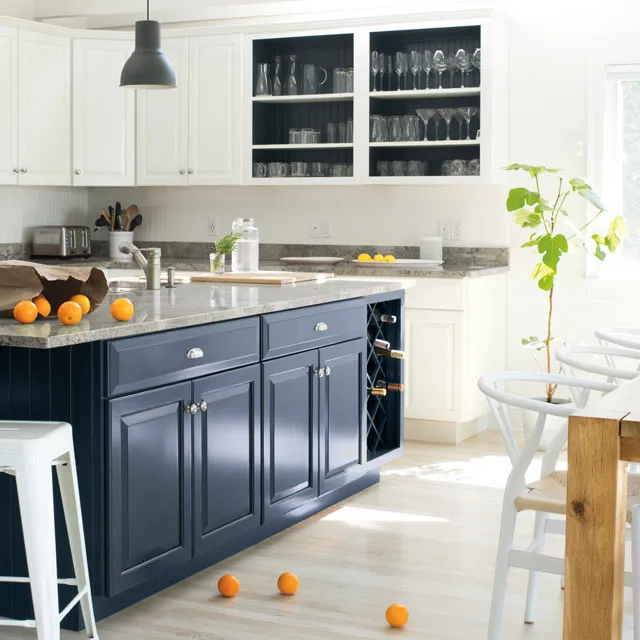
Understanding the psychology of colors is crucial when selecting kitchen decor colors. Colors have the power to influence our emotions and behaviors. For instance, white and light colors reflect light, making a kitchen feel spacious and clean. Gray offers a sense of sophistication and versatility, easily pairing with various design elements. Beige brings warmth and a sense of comfort, creating a welcoming atmosphere. Blue can promote a sense of calm and relaxation, while green evokes a feeling of nature and freshness. Considering these psychological effects helps in creating a kitchen that enhances well-being and improves your daily experience.
Top 5 Kitchen Colors to Try
Classic White
White continues to be a timeless choice for kitchens, offering a clean, bright, and airy feel. White kitchens are incredibly versatile, working well with various design styles from modern to farmhouse. The simplicity of white creates a blank canvas, allowing you to add pops of color through decor, appliances, and accessories. White kitchens also reflect light, making small kitchens appear larger and brighter. White kitchens offer a neutral backdrop that allows you to change your decor and style easily, without the need to repaint the walls, making your space feel refreshed with simple updates.
Benefits of White Kitchens
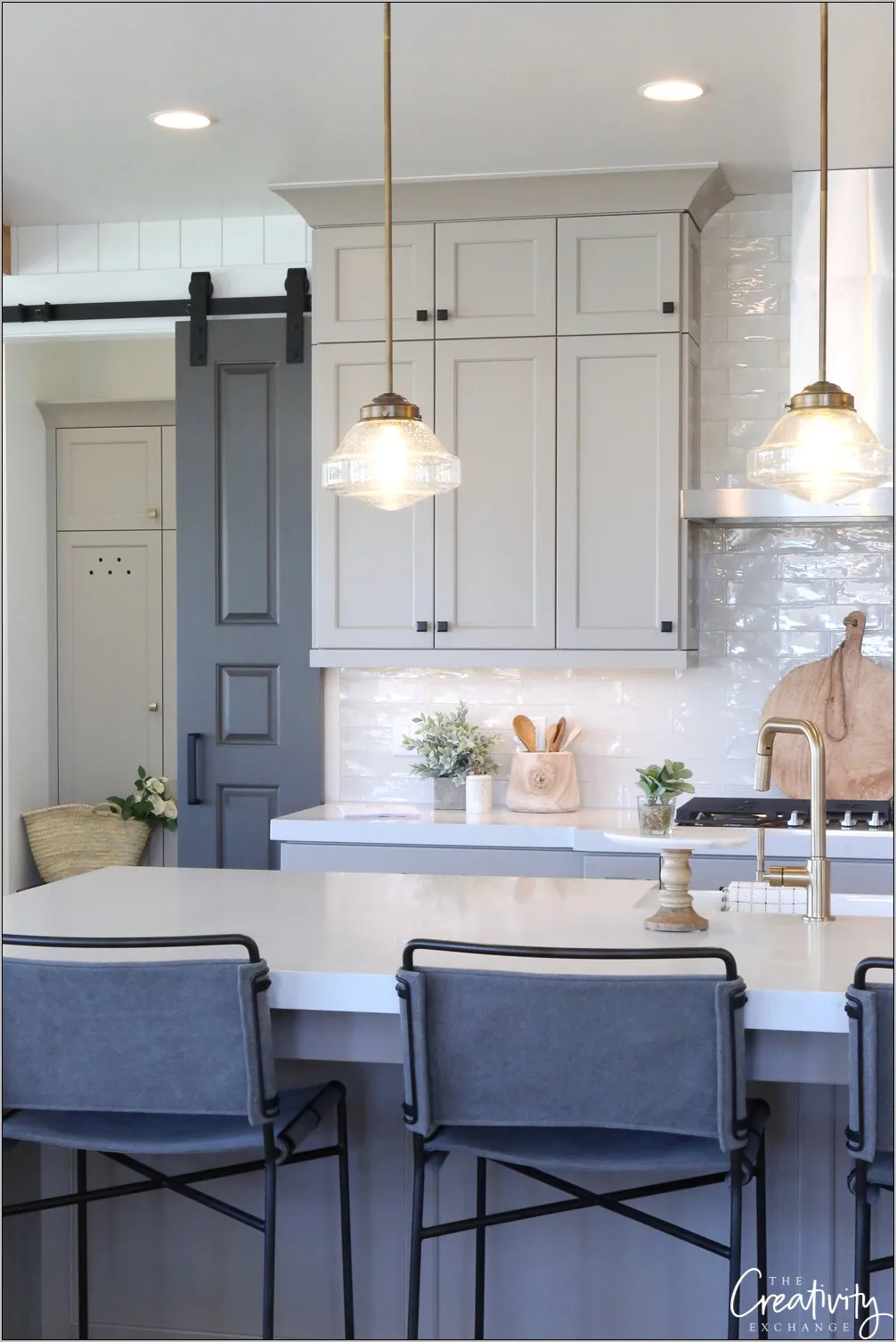
The advantages of white kitchens are numerous. White creates a sense of openness and spaciousness, ideal for smaller kitchens. It reflects light, brightening the space and improving visibility. White is also a highly versatile color, adapting easily to different design styles and color schemes. Furthermore, white kitchens have a timeless appeal, ensuring your kitchen remains stylish for years to come. White kitchens are known for their universal appeal, which can increase the value of your home.
How to Use White Effectively
To make the most of white in your kitchen, consider using different textures and finishes to add visual interest. Combine matte white cabinets with glossy subway tile backsplashes, or incorporate textured white countertops. Accessorize with pops of color through artwork, dishware, and textiles. Varying the shades of white, such as using warm whites for the cabinets and cool whites for the walls, creates depth and prevents the space from feeling sterile. White can also be enhanced with natural light, so ensuring your kitchen has ample light sources is key to achieving the best results. Consider adding plants or colorful accents to balance the white.
Elegant Gray
Gray offers a sophisticated and versatile option for kitchen decor colors. From light, airy shades to deep, dramatic tones, gray can create a variety of moods. It works well with both modern and traditional kitchen designs, providing a neutral backdrop that complements various accent colors. Gray is a practical choice, as it can hide imperfections and is less prone to showing dirt compared to white. It also provides a calming and elegant atmosphere that can enhance your overall kitchen experience.
Best Gray Shades
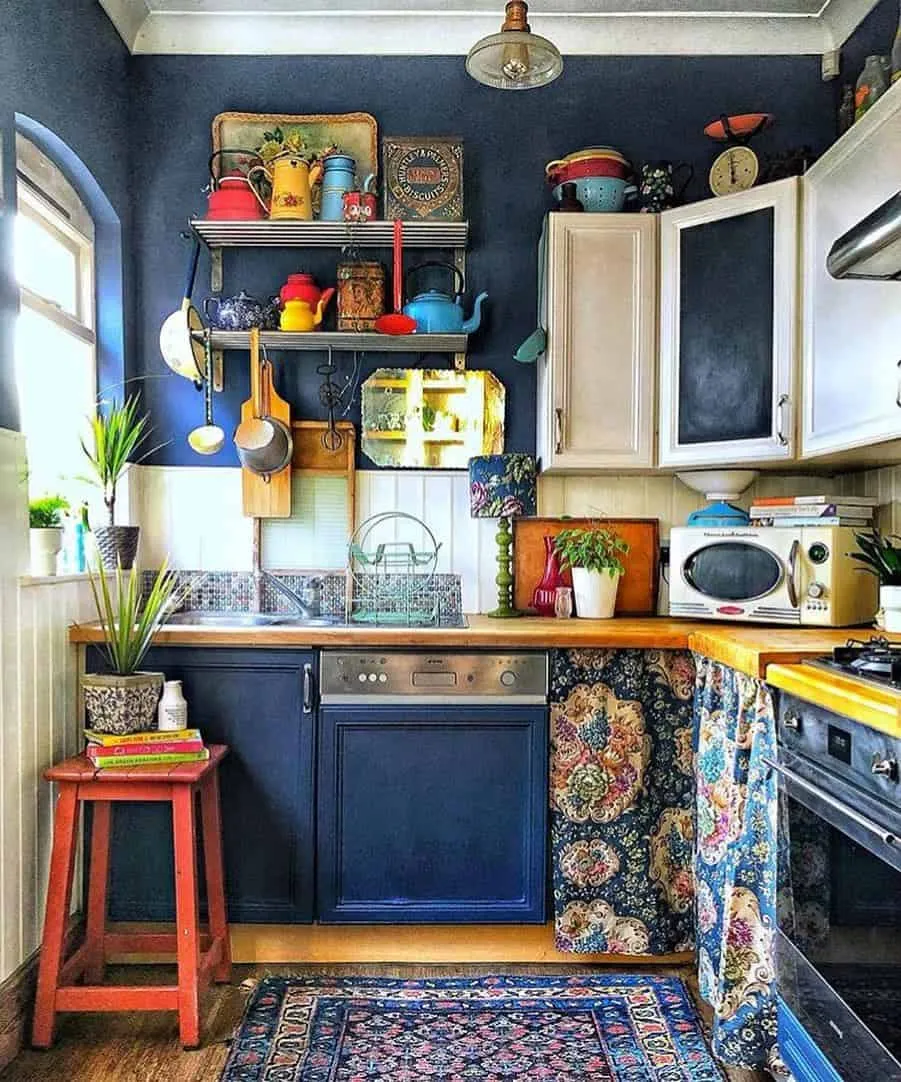
When choosing a gray for your kitchen, consider the undertones. Warm grays with hints of beige or brown create a cozy feel, while cool grays with blue or green undertones offer a more modern look. Light grays are ideal for small kitchens, as they reflect light and make the space feel larger. Darker grays add drama and sophistication, but can make a space feel smaller if not balanced with enough light. Popular shades include greige (gray-beige), charcoal, and slate gray. Experimenting with different gray shades can help create the perfect ambiance for your kitchen, based on your personal preferences.
Tips for Incorporating Gray
Integrate gray into your kitchen design by painting your cabinets, walls, or both. Use gray countertops or backsplashes for a sleek and modern look. Incorporate gray appliances or accessories to tie the theme together. To prevent a gray kitchen from feeling dull, add pops of color through artwork, textiles, or plants. Consider contrasting textures like a marble countertop with matte gray cabinets to add visual interest. Lighting plays a crucial role in how gray appears; ensure your kitchen has adequate lighting to avoid a gloomy appearance. The strategic use of lighting can transform your kitchen space.
Warm Beige
Beige brings warmth and comfort to a kitchen, creating a welcoming atmosphere. It’s a versatile neutral that complements various design styles, from traditional to contemporary. Beige provides a calming backdrop that can be easily accented with bolder colors or natural elements like wood. It is also a timeless color that won’t easily go out of style. Beige creates a sense of balance and harmony, making your kitchen a relaxing space. It’s a great alternative to white, offering a softer and more inviting environment. The choice of beige can greatly impact the comfort of your kitchen.
Benefits of a Beige Kitchen
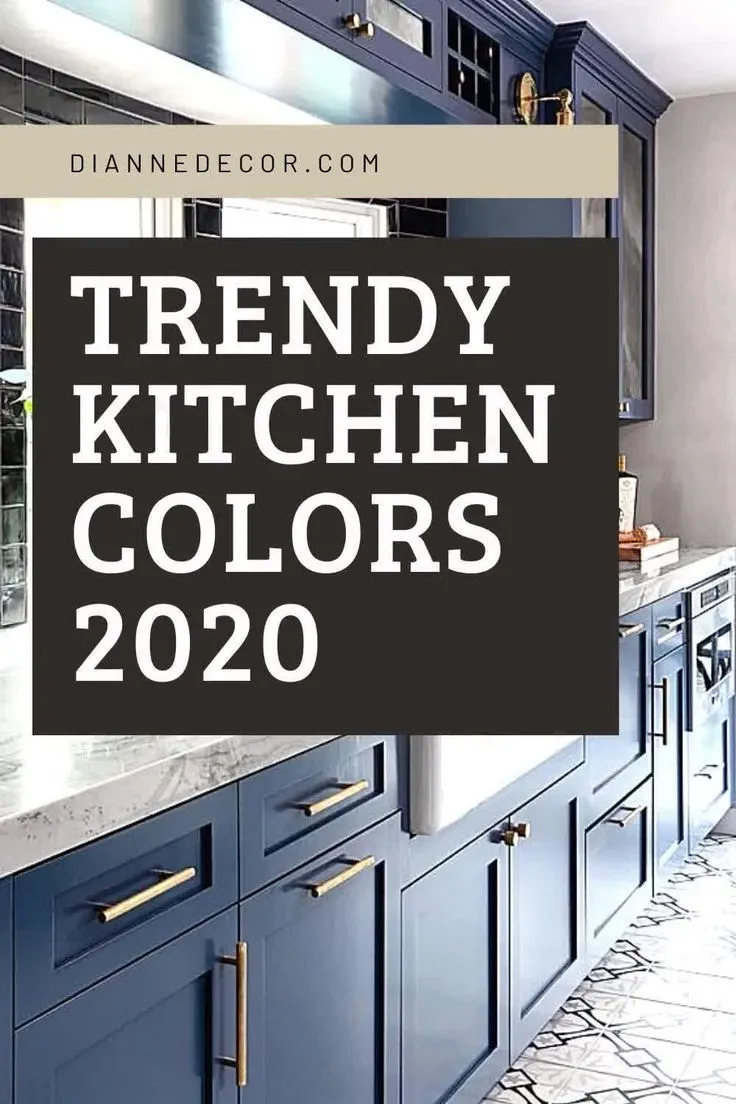
Beige kitchens offer several advantages, including their ability to create a warm and inviting atmosphere. Beige is a versatile neutral that pairs well with a wide range of colors and materials, making it easy to incorporate different design elements. It can provide a sense of continuity and flow in open-concept spaces. Beige is also a timeless choice, ensuring your kitchen remains stylish for many years. Beige is generally a forgiving color, helping to hide imperfections, perfect for busy family kitchens. The color beige offers a sense of serenity, making it a popular choice for a relaxing kitchen.
How to Balance Beige with Other Colors
To balance beige, incorporate contrasting colors and textures. Use a mix of warm and cool tones to prevent the kitchen from appearing flat. Introduce pops of color through accessories, such as brightly colored dishware or artwork. Add textures through materials like wood, stone, or metal. Consider using different shades of beige to create depth and visual interest. Incorporate accent colors like navy, teal, or sage green to add contrast and vibrancy. Using different elements and varying hues can transform a plain beige kitchen into a design masterpiece.
Invigorating Blue
Blue brings a sense of tranquility and freshness to a kitchen, reminiscent of the sky or sea. Blue kitchens can range from calming light blues to bold navy shades, offering versatility in design. It’s a color that evokes calmness and can be an appetite suppressant, which may be beneficial. Blue pairs well with various accent colors, including white, gray, and wood tones. Blue creates a calming and refreshing atmosphere. It can make a kitchen feel spacious and serene. Blue allows the cook to enjoy the kitchen without feeling stress.
Popular Blue Shades
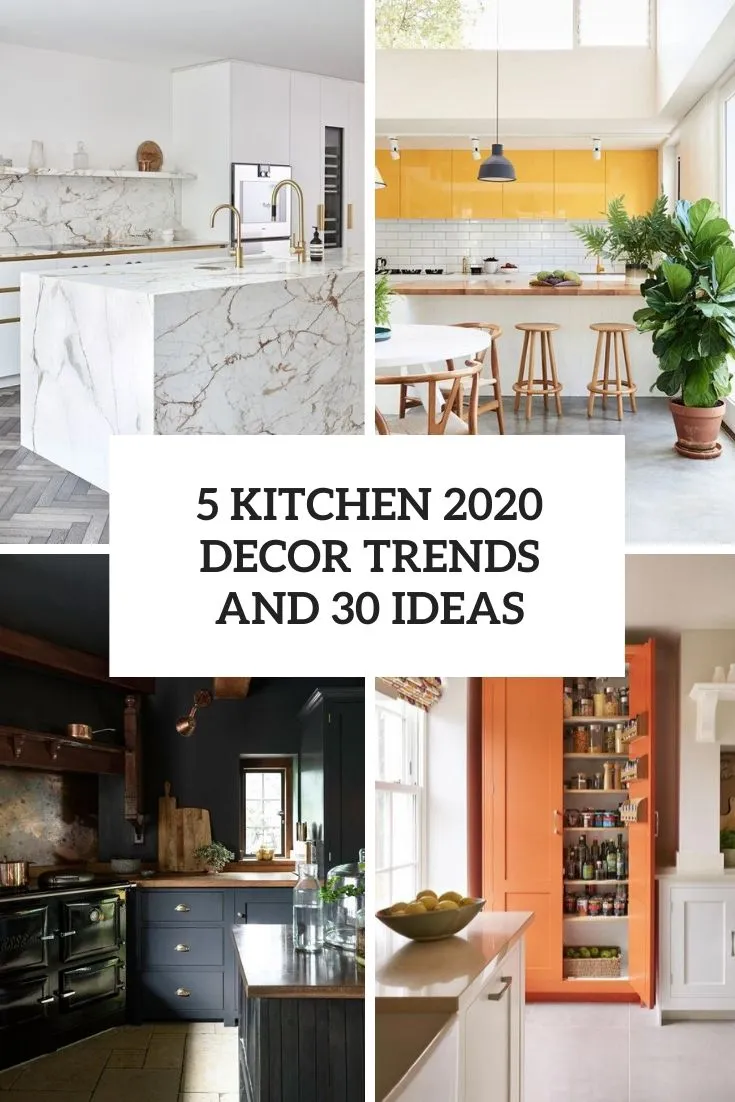
Popular blue shades for kitchens include light sky blues, which create a sense of openness; navy blues, which add sophistication and depth; and teal blues, which offer a blend of blue and green. Consider the lighting in your kitchen when choosing a shade of blue. Darker blues can absorb light and make a kitchen feel smaller, while lighter blues reflect light and make it feel larger. Experiment with different shades to find one that complements your kitchen’s design and natural lighting. Each of these shades offers a unique look.
Ways to Use Blue in Your Kitchen
Incorporate blue into your kitchen through various means, such as painting cabinets, walls, or the island. Use blue backsplashes or countertops to add a focal point. Integrate blue appliances or accessories to enhance the theme. Consider using blue textiles like curtains or dish towels. Adding a blue accent wall can instantly transform the space. Using a variety of ways can create a cohesive and stylish kitchen that enhances your lifestyle. From subtle accents to bold statements, the choices for blue are limitless.
Earthy Green
Green brings a sense of nature and freshness to the kitchen, creating a vibrant and inviting space. Green is associated with health, renewal, and tranquility, making it an excellent choice for a room where food is prepared and enjoyed. It pairs well with natural materials like wood and stone, creating a harmonious and organic feel. Green can evoke feelings of calmness and peace, enhancing the overall kitchen experience. The color green offers a calming backdrop that can make you want to cook and spend time in your kitchen.
Benefits of Green in Kitchens
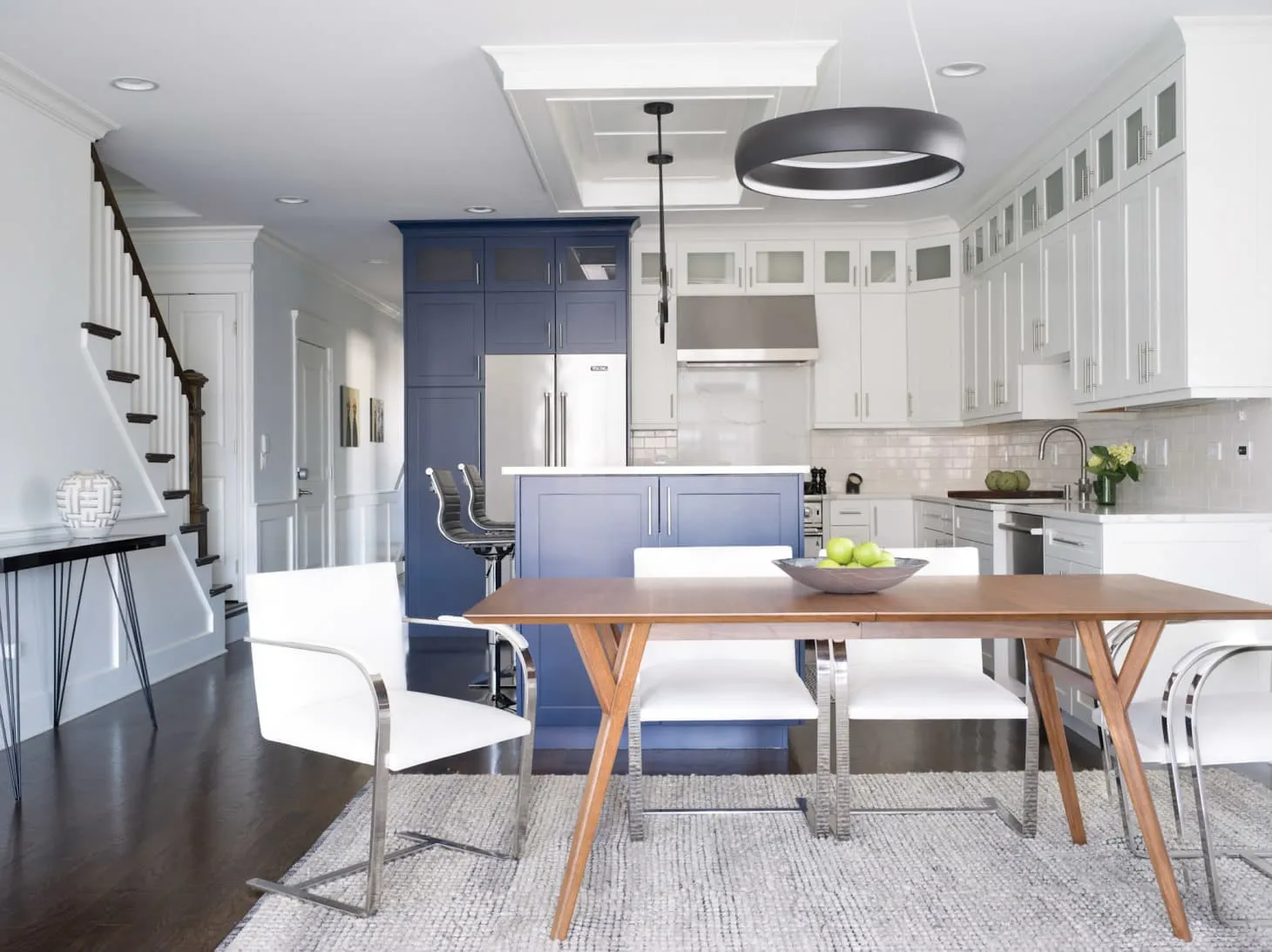
Green kitchens offer several benefits, including the ability to create a refreshing and vibrant atmosphere. Green is associated with nature and can bring a sense of the outdoors into your home. It pairs well with natural materials like wood and stone, enhancing the organic feel of the kitchen. Green is a versatile color that can be adapted to various design styles, from modern to traditional. Green can create a calming and balanced environment, perfect for those who enjoy cooking and entertaining. Also, green helps increase the value of a home.
Best Green Shades
The best green shades for kitchens range from soft sage greens to deep forest greens. Sage green creates a calming and natural atmosphere, while olive green adds a touch of sophistication. Emerald green provides a bold and luxurious look, and mint green offers a fresh and airy feel. When choosing a green shade, consider the amount of natural light in your kitchen and the overall style of your home. Lighter greens work well in smaller kitchens, making the space feel larger and brighter, while darker greens can add depth and drama. Experiment with different shades to find the perfect green to complement your kitchen. Green kitchens are a timeless design choice.
Choosing the Right Kitchen Colors
Factors to Consider
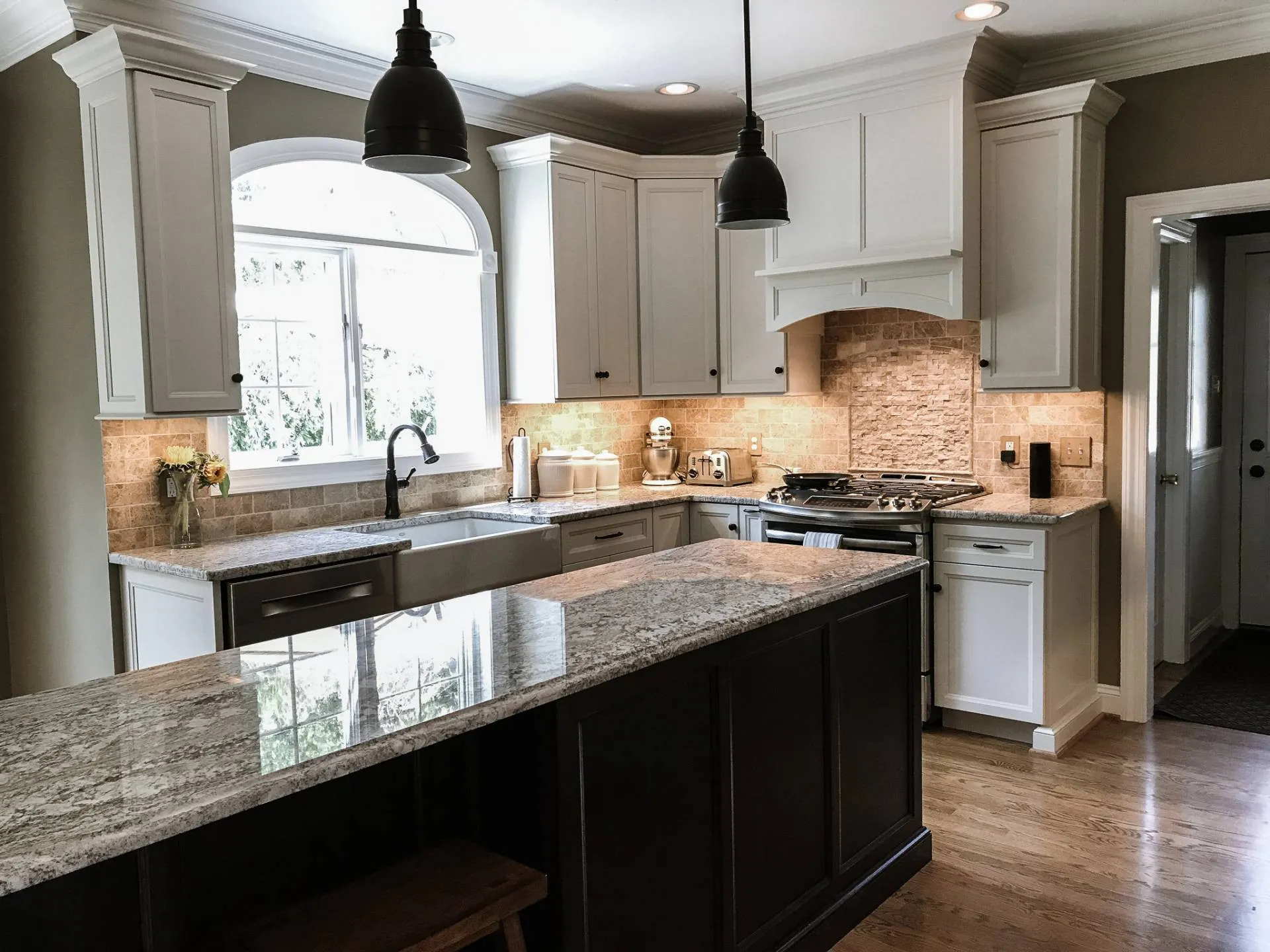
When selecting kitchen decor colors, consider several important factors. The size and layout of your kitchen will influence your color choices. Small kitchens benefit from lighter colors, which reflect light and make the space feel larger. The amount of natural light also affects how colors appear; kitchens with plenty of natural light can handle darker colors, while those with limited light benefit from lighter shades. The overall style of your home should guide your choices, ensuring the kitchen complements the rest of your decor. Finally, think about your personal style and preferences, and choose colors that make you feel happy and comfortable in your kitchen. The right color choices will boost your happiness.
Kitchen Size and Lighting
The size of your kitchen and the amount of lighting play crucial roles in determining the best color scheme. In smaller kitchens, lighter colors like white, beige, and light gray are ideal, as they reflect light and make the space appear larger and more open. Darker colors can make a small kitchen feel cramped and enclosed. Good lighting is essential, and can be achieved by using a variety of light sources, including natural light, recessed lighting, pendant lights, and under-cabinet lighting, to enhance the appearance of your chosen colors. Strategic use of lighting and color can create a well-lit, spacious kitchen that feels inviting.
Personal Style and Preferences
Your personal style and preferences are key when choosing kitchen decor colors. Consider the colors that make you feel happy, relaxed, and energized. If you prefer a minimalist look, opt for neutral colors like white or gray. If you enjoy a more vibrant style, consider incorporating bold colors like blue or green through your cabinets, walls, or accessories. Think about the overall mood you want to create in your kitchen. Do you want a calming space for cooking, or a vibrant area for entertaining? The right color choices will reflect your personality and transform your kitchen into a space that you love to be in.
Conclusion
Choosing the right kitchen colors is a significant decision that can greatly impact the look and feel of your space. By considering the psychology of color, the size and layout of your kitchen, and your personal preferences, you can create a kitchen that is both stylish and functional. White, gray, beige, blue, and green each offer unique benefits, from creating a sense of spaciousness to promoting calmness and energy. Embrace these top 5 must-try shades to transform your kitchen into the heart of your home, a space that you truly enjoy. Use this guide to inspire your transformation, and start designing the kitchen of your dreams.
